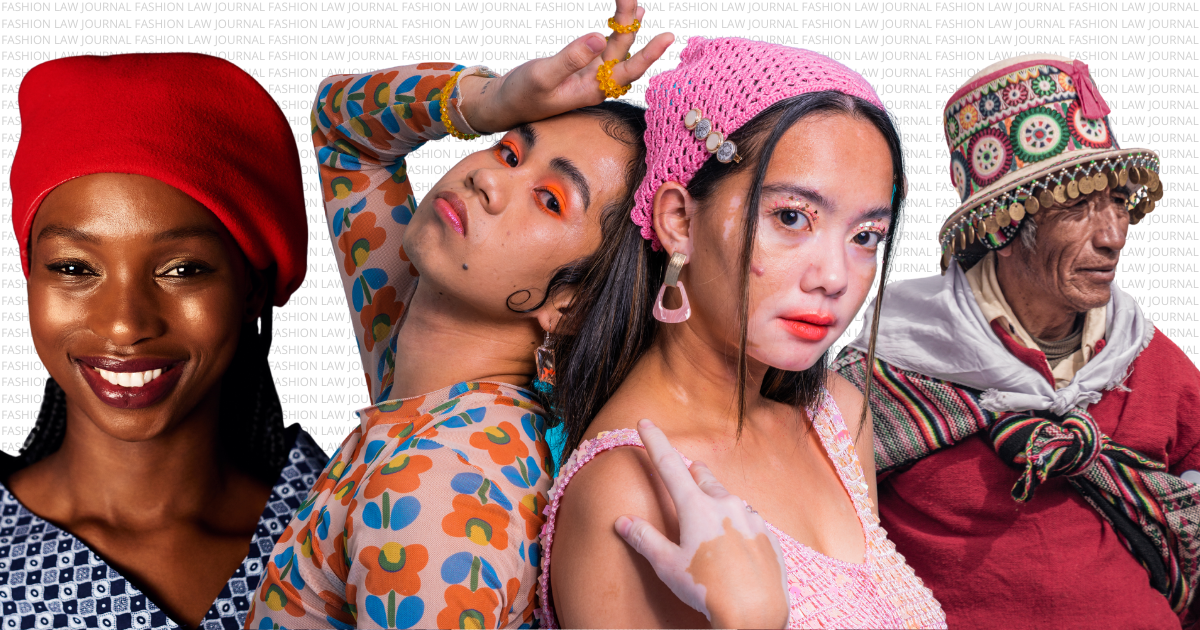Have you ever wondered why Luxury Fashion Brands are strikingly expensive? Well, I might just hold the answer to your question. In this article, I would discuss why a term such as culture that seems unrelated to pricing might influence your favorite luxury brand’s decision.
More often than not, luxury fashion shoppers acknowledge that their extravagant purchases are often fuelled by an illusion or symbolism attached to the product rather than the quality or substance of the product itself. That said, luxury fashion brands unequivocally survive on persuading impulse-driven buyers and shopaholics to buy into the high-society lifestyle/feel that these brands exhibit. In affluent countries, it is not uncommon behavior to be sucked into the vortex of luxury fashion. Still, societies that do not imbibe these values might as well be a graveyard for luxury brands. As a result of this well-founded disparity, these brands are compelled to make complex choices in settling on decisive factors such as pricing.
The statement “Culture Influences Everything” holds particularly true for luxury fashion pricing. The intersection of culture and luxury oscillates between two distinct interpretations: the desire to attribute these purchases to the demonstration of wealth and the other to satisfy the inherent consumption behavior of self-gratification[1]. While analysing consumer behaviour is essential for any evolving fashion brand, understanding the changes in consumer behaviour through the lens of culture might be necessary for new entrants especially in the realm of pricing. On that note, even in their embryo stage, some popular luxury fashion brands heavily relied on mobility of creative talent and brand management to sell at premium prices. A prime example of the same would be Tom Ford and Alexander Mcqueen, two new luxury brands that were able to outlast their traditional competitors in the luxury industry owing to the prior creative market experience of their creators[2]. For newer entrants without pronounced market experience, maintaining competitive premium pricing for luxury goods is relatively difficult without a study of the cultural implications in their targeted regions.
A recent study by the Cologne University labels culture as intrinsic to the development of luxury fashion pricing. This analysis focused primarily on what motivates consumers to purchase luxury goods and whether underlying cultural norms are able to influence consumer behaviour and pricing as a result. The study identified three cultural dimensions influencing luxury fashion pricing: individualism, masculinity and power distance. According to the authors, these cultural dimensions varied in their influence across different countries. In countries with high individualism, persons looking to self-identify with a particular group or establish themselves as unique or a “stand out” would be more accustomed to making luxury purchases. On the other end, in masculine countries, where labour is measured through achievement and success, luxury purchases would be perceived as a sign of advancement or progress. In countries where power differences are dominant and social hierarchies pose blaring issues, consumers seek out high prices to perpetuate long-standing inequalities in economic position[3]. Demonstrably, cultural values are different in different countries and the need to possess luxury items in each country is invariably influenced by culture. At the same time, the study does not ignore the economic implication of national wealth on luxury fashion pricing. For instance, home-grown African-based luxury brands are more likely to endure with premium pricing in Africa than other global brands.
For fashion luxury brands, it is a much simpler task to settle on pricing in countries that have a uniform purchasing culture. It is to be noted that countries like India have high cultural heterogeneity and luxury brands might have to adopt opposing pricing strategies for every state based on differing consumer behavior. In Japan, prevailing luxury brands such as Sacai are able to sustain premium pricing for their products due to its traditional history and longevity deeply rooted in Japanese culture[4].
Although our above discussion mainly centered on how culture influences luxury fashion brands to charge higher prices, in contrast, it is significant to dive into why some luxury fashion brands have resorted to introducing a diffusion line for their products. Brands like Ralph Lauren, Burberry and Ralph Lauren all have diffusion lines. The most notable one would be Prada’s Miu Miu line that was created to diversify the Haute Couture space and make fashion more relatable[5]. Evidently, diffusion lines are influenced by culture as well and these lines are reasonably priced and hold distinct meanings for the affluent and non-affluent. Regardless, these diffusion lines might not be as overpriced as the original luxury items, they still represent the brand symbollically and attract consumers nevertheless. In conclusion, diffusion lines may have worked out favourably for some brands but brands like Gucci have abstained from entering these spaces as the prestigious culture surrounding these brands can only thrive in premium pricing.
References:
[1] Anna Cabigiosu, An Overview of the Luxury Fashion Industry, (NCBI, 2020), https://www.ncbi.nlm.nih.gov/pmc/articles/PMC7355146/
[2] Takao FURUKAWA, Mariko NAKAZAWA , Chikako MIURA and Kaoru MORI, An Empirical Analysis of Pricing in Luxury Fashion Brands, (ISASE 2019) https://www.ncbi.nlm.nih.gov/pmc/articles/PMC7355146/
[3] Tobias Hornig, Marc Fischer and Thomas Schollmeyer, The Role of Culture for Pricing Luxury Fashion Brands (JSTOR, 2013), https://www.jstor.org/stable/41922281
[4] Takao FURUKAWA, Mariko NAKAZAWA , Chikako MIURA and Kaoru MORI, An Empirical Analysis of Pricing in Luxury Fashion Brands, (ISASE 2019) https://www.ncbi.nlm.nih.gov/pmc/articles/PMC7355146
[5] Read More about Miu Miu Prada at https://fashioncrossfunctional.com/success-story-miu-miu-how-to-master-a-diffusion-line/

















